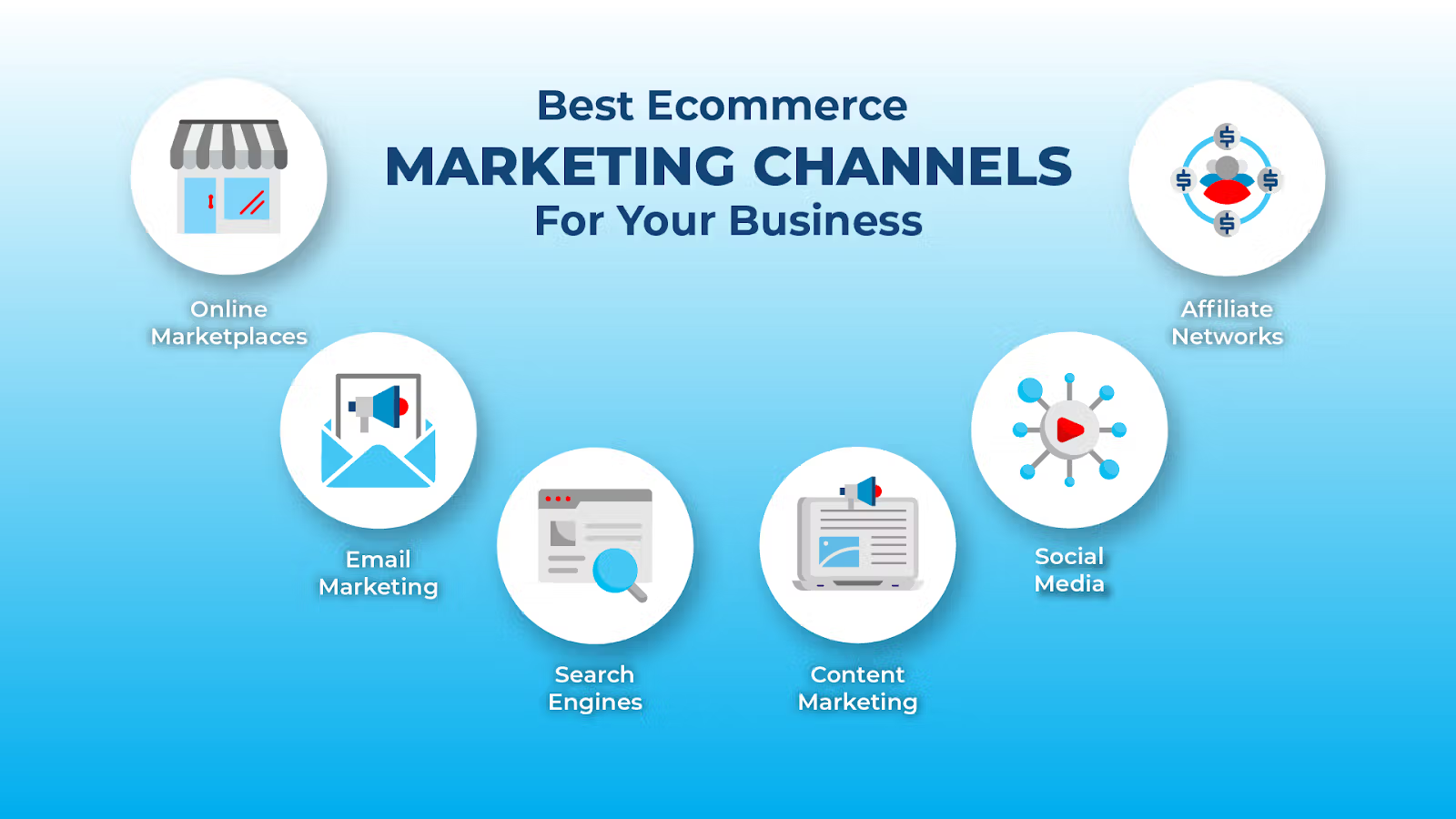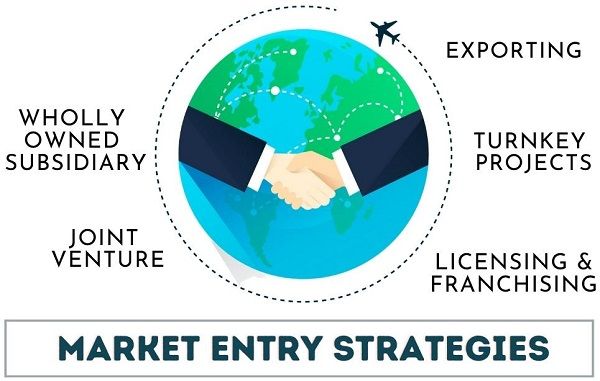Expanding a startup into international markets can unlock massive growth potential and diversify revenue streams. However, international expansion requires a carefully crafted strategy, an understanding of foreign markets, and a readiness to adapt to new challenges. With more startups seeking global opportunities, knowing how to navigate this transition effectively is essential for long-term success.
This article will explore key international expansion strategies, from conducting market research and managing cross-border operations to overcoming legal and logistical challenges. By following these steps, your startup can successfully expand into new markets and thrive on a global scale.
Why Consider International Expansion?
Expanding Beyond Saturated Domestic Markets
One of the main reasons startups pursue international expansion is to tap into new, unsaturated markets. By entering regions with less competition, your startup can find new opportunities for growth that are no longer available in a crowded domestic market.

Key Benefits:
- Access to new customers: Reach a larger audience and increase revenue potential.
- Diversification: Spread risk by reducing reliance on one market.
- Competitive advantage: Early expansion can establish your brand as a leader in international markets.
Leveraging Global E-Commerce and Digital Channels
With the rise of digital platforms, global e-commerce has made it easier than ever to sell products and services internationally. By leveraging digital marketing, social media, and online sales channels, startups can quickly reach global audiences without the need for a physical presence in each market.

Key Considerations:
- Low initial investment: Expanding online reduces the need for costly brick-and-mortar stores.
- Scalability: Digital channels enable rapid scaling across multiple countries.
Conducting Market Research: Identifying Key Markets
Analyzing Market Demand and Competition
Before diving into international markets, it’s critical to conduct thorough market research to understand demand for your product, identify your competitors, and determine potential growth opportunities.

Steps for Effective Market Research:
- Analyze customer behavior: Use tools like Google Trends and consumer research platforms to assess demand in various regions.
- Study competitors: Research local competitors and their market positioning to find gaps in the market.
- Evaluate market entry barriers: Consider the ease of entry, including cultural differences, regulatory hurdles, and logistical challenges.
Understanding Cultural and Consumer Preferences
Every market has unique cultural norms and consumer preferences. Successful international expansion requires localization—adapting your product, marketing messages, and customer service to meet the specific needs of each market.

Key Factors in Localization:
- Language: Translate your website, marketing materials, and customer support into the local language.
- Cultural sensitivity: Adapt your messaging and imagery to align with cultural values and preferences.
- Local holidays and customs: Tailor promotions to coincide with local holidays and events that drive sales.
Choosing the Right Market Entry Strategy
Direct Exporting

Direct exporting involves selling your products or services directly to customers in foreign markets without the need for local partnerships. This method is one of the most straightforward ways for startups to enter new markets, especially in the age of e-commerce.
Pros and Cons:
- Pros:
- Lower upfront investment compared to physical expansion.
- Control over branding, pricing, and customer experience.
- Cons:
- Shipping logistics can be complex and costly.
- Lack of local presence may make it difficult to build customer relationships.
Partnering with Local Distributors or Agents
A more hands-on approach to international expansion is partnering with local distributors or agents who are familiar with the market. This strategy allows you to leverage local expertise, connections, and infrastructure to accelerate your entry into a new market.

Benefits of Local Partnerships:
- Faster market penetration: Local partners have established networks that help you reach customers more quickly.
- Lower risk: Shared responsibilities and local knowledge reduce the risk of missteps.
Establishing Joint Ventures or Strategic Alliances
Joint ventures involve collaborating with a local company to share resources and responsibilities in a foreign market. This approach provides both partners with complementary strengths while allowing startups to establish a strong presence in a new region.

Key Benefits:
- Shared expertise: Access local market knowledge, regulatory understanding, and distribution channels.
- Lower cost of entry: Costs and risks are shared between partners, making it more affordable to enter a new market.
Navigating Legal, Tax, and Regulatory Challenges
Understanding International Legal Requirements
Entering a new country involves compliance with local laws and regulations, including intellectual property rights, labor laws, and business permits. Startups must navigate these complexities to ensure they remain compliant and avoid legal issues.

Key Legal Considerations:
- Intellectual property (IP) protection: Register your trademarks, patents, and copyrights in foreign markets.
- Compliance with local business laws: Understand requirements for setting up a legal entity, hiring employees, and conducting business.
4.2. Managing International Taxes and Duties
International expansion often comes with a host of tax considerations, including tariffs, duties, and value-added taxes (VAT). Understanding tax laws in different regions can help you price your products appropriately and avoid unexpected costs.

Steps for Managing Taxes:
- Consult with tax experts: Work with international tax specialists to understand cross-border tax obligations.
- Plan for customs duties: Research import/export taxes and plan how they will affect your pricing strategy.
Future Outlook: Emerging Trends in Global Expansion
The Role of Digital Platforms in Globalization
As digital platforms continue to grow, startups are using e-commerce, SaaS solutions, and social media to enter international markets more efficiently. The rise of platforms like Shopify, Amazon, and Facebook Ads allows businesses to access international customers without the need for physical infrastructure.
Future Trends:
- AI-driven localization: AI tools will increasingly help startups localize content, product recommendations, and customer support to align with local preferences.
- Cross-border payments: With advancements in digital payment platforms, startups can offer seamless international transactions to reduce friction in purchasing.
Sustainability in International Expansion
As consumers around the world become more environmentally conscious, startups will need to consider sustainability in their global operations. This may include adopting eco-friendly packaging, reducing carbon emissions from shipping, and aligning with local environmental regulations.
Tips for Sustainable Expansion:
- Eco-friendly packaging: Reduce waste by adopting biodegradable or recyclable packaging materials.
- Energy-efficient logistics: Partner with shipping providers that prioritize low-carbon or electric transportation.
Conclusion
Expanding internationally is a powerful growth strategy for startups, but it requires careful planning, market research, and an adaptable approach. By understanding local markets, selecting the right market entry strategies, and navigating regulatory challenges, your startup can successfully go global and thrive in new regions.
International expansion offers enormous opportunities for long-term growth and brand recognition, but it also demands a commitment to localization and cultural sensitivity. With the right strategy, your startup can unlock its global potential and build a strong presence across multiple markets.
FAQs
Q1. Why should startups consider international expansion?
Expanding internationally opens new markets, diversifies revenue, and reduces dependence on a single region.
Q2. What are the best strategies for entering foreign markets?
Common strategies include direct exporting, partnering with local distributors, or forming joint ventures.
Q3. How can startups navigate legal challenges when expanding globally?
Consulting with international business lawyers and tax experts ensures compliance with local regulations and taxes.
Q4. What is localization, and why is it important?
Localization involves adapting your product, marketing, and services to fit the cultural and linguistic needs of each market.
Q5. What role does sustainability play in international expansion?
Startups need to consider sustainable practices in packaging, logistics, and production to align with global environmental trends.








